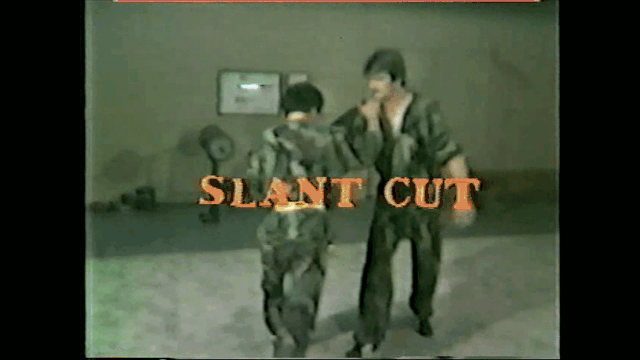windwalker099
Master Black Belt
I'm not questioning the teacher's ability. I'm questioning the end usage of "push". You can put on any "push" video. my question is still the same.
The interaction is not about pushing or using brute force. If you perceive it as pushing, test whether force achieves the same result—it won’t. Instead, the skill relies on sensitivity and whole-body connectedness, where any point of contact links to the entire body. There’s no single target; the goal is to disrupt the opponent’s balance and structure.
Developing this skill transforms the nature of combat. Striking, grappling, or any interaction becomes about control and efficiency, forcing the opponent to recover from the effects. Depending on your skill level, this disruption can create openings for follow-up techniques or be decisive on its own.
In demonstrations, practitioners showcase these skills in a controlled manner, allowing others to feel the effects without harm. However, in real combat, the same techniques would be applied decisively, leaving no time for the opponent to react.


